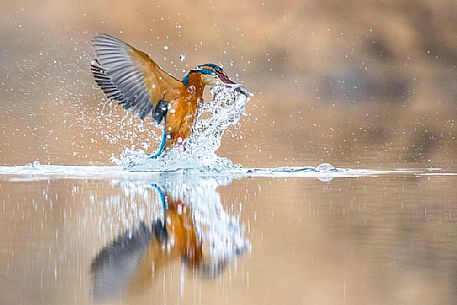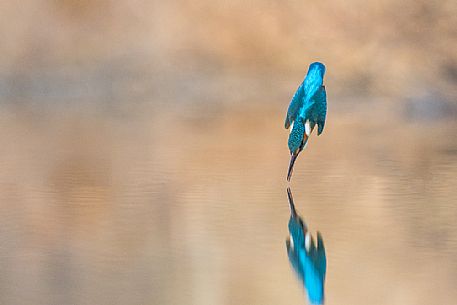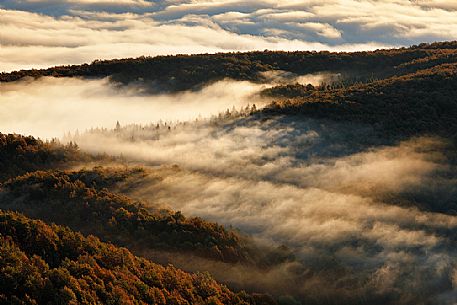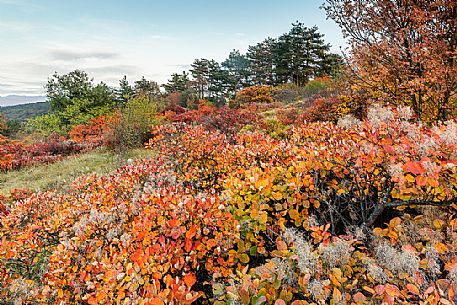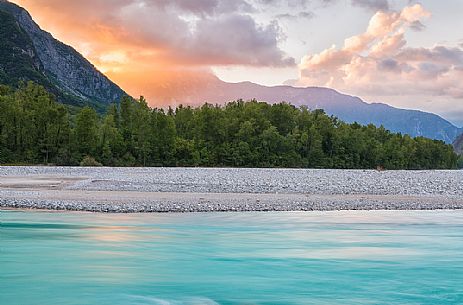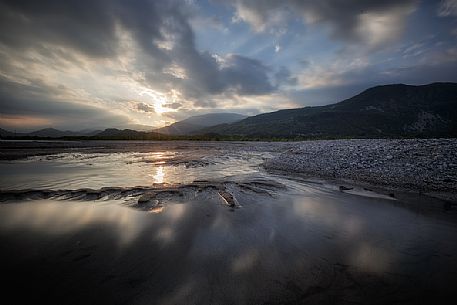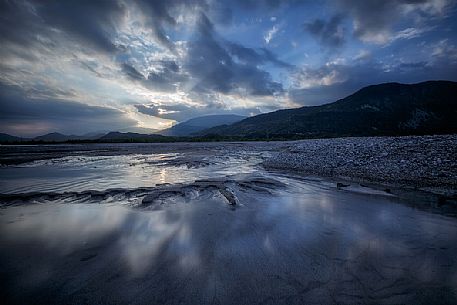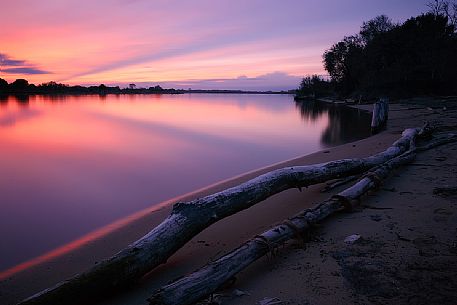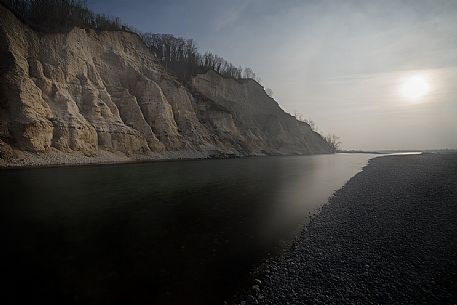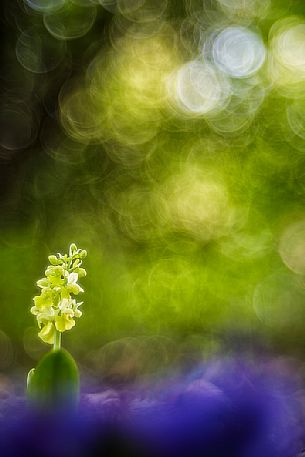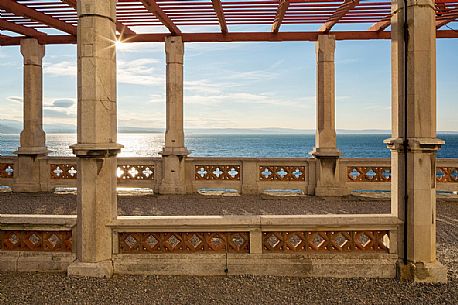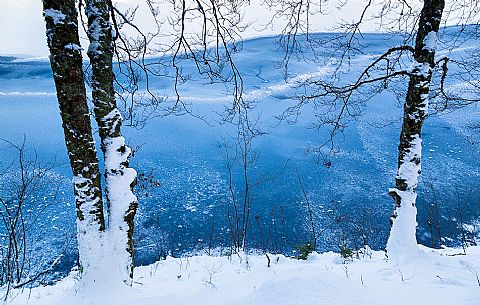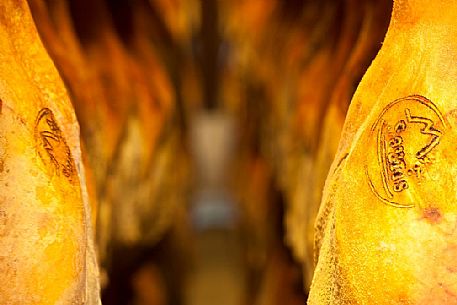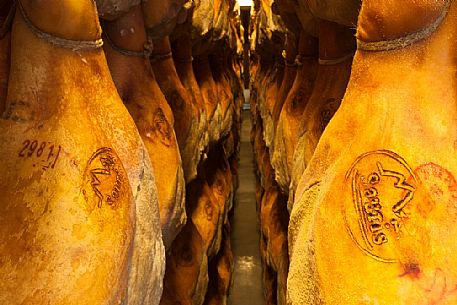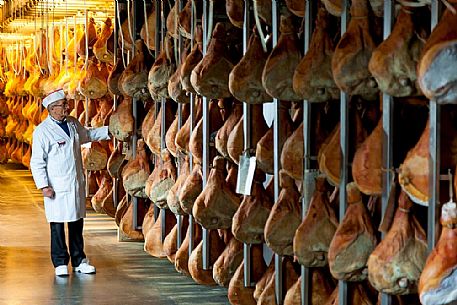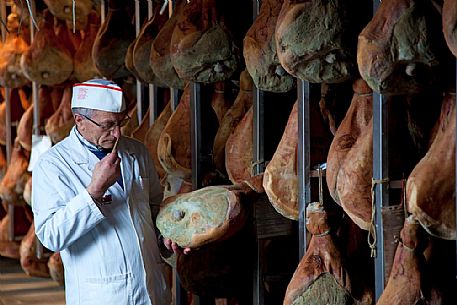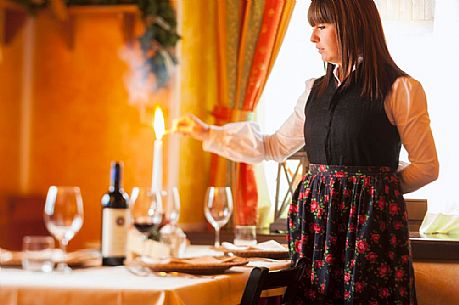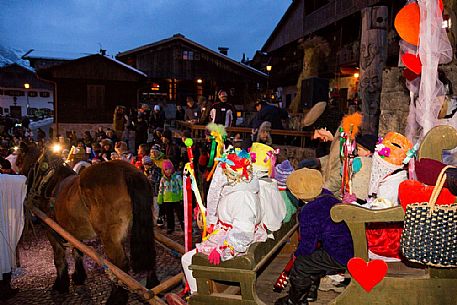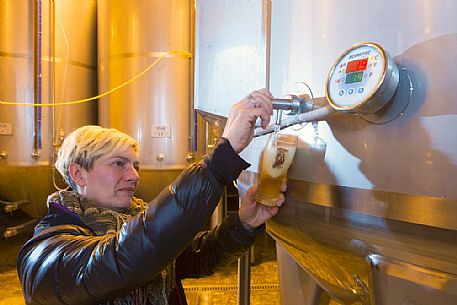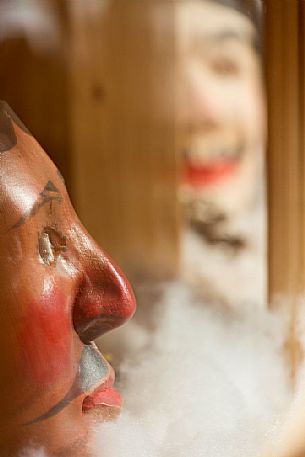Please Sign in or Register now to manage lightbox and cart
Lightboxes - How to use them
A Lightbox is a virtual table where you can collect and view images of interest.
Collect the files you like from any search results page or file close-up page by clicking the 'Add to your Lightbox' icon.
To open and view your selection, click the Lightbox link on the top navigation menu. You can have more than one lightbox if you're working on different projects.
You can email a Lightbox to friends and colleagues for review and discussion before purchase; they will receive an email with a link to the Lightbox that you created.
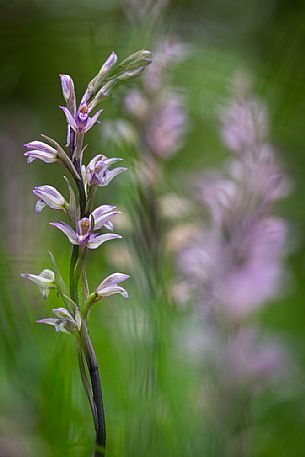
photographer: Alessandro Laporta
Limodorum abortivum, commonly known as Violet Limodore, is a species of myco-heterotrophic, achlorophyllous orchid and is native to central and eastern Europe, western Asia and the Mediterranean area.
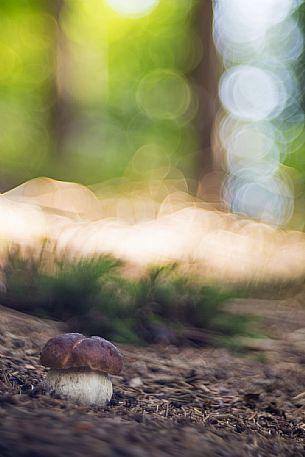
photographer: Maria Fancello
A little boletus edulis or Porcino mushroom in the morning light of the Fusine forest, in autumn, Julian Alps, Italy
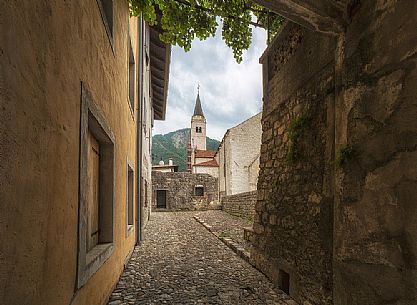
photographer: Anne Maenurm
Downtown of Venzone village. It was declared National Monument in 1965 as unique fortified village of the XIV century in the region, Friuli Venezia Giulia, Italy
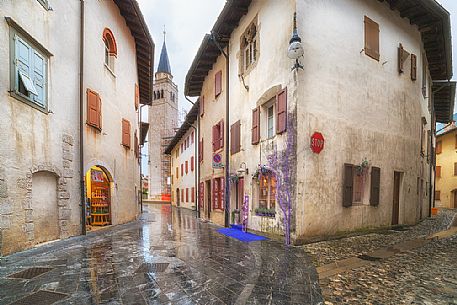
photographer: Anne Maenurm
Downtown of Venzone village. It was declared National Monument in 1965 as unique fortified village of the XIV century in the region, Friuli Venezia Giulia, Italy

photographer: Anne Maenurm
Downtown of Venzone village. It was declared National Monument in 1965 as unique fortified village of the XIV century in the region, Friuli Venezia Giulia, Italy
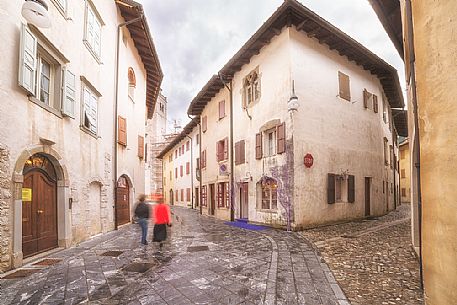
photographer: Anne Maenurm
Downtown of Venzone village. It was declared National Monument in 1965 as unique fortified village of the XIV century in the region, Friuli Venezia Giulia, Italy
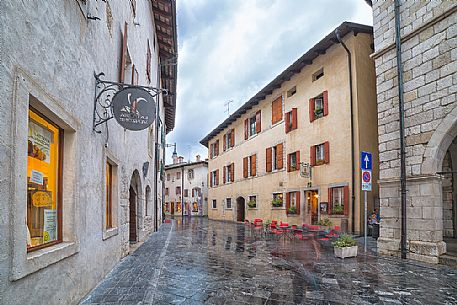
photographer: Anne Maenurm
Downtown of Venzone village. It was declared National Monument in 1965 as unique fortified village of the XIV century in the region, Friuli Venezia Giulia, Italy
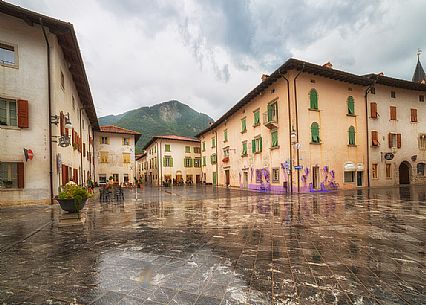
photographer: Anne Maenurm
Downtown of Venzone village. It was declared National Monument in 1965 as unique fortified village of the XIV century in the region, Friuli Venezia Giulia, Italy
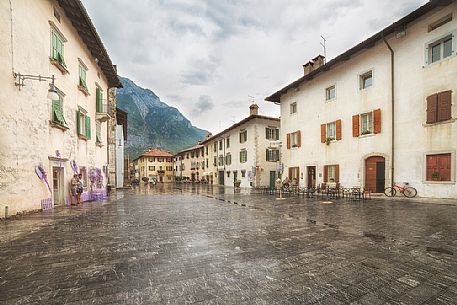
photographer: Anne Maenurm
Downtown of Venzone village. It was declared National Monument in 1965 as unique fortified village of the XIV century in the region, Friuli Venezia Giulia, Italy
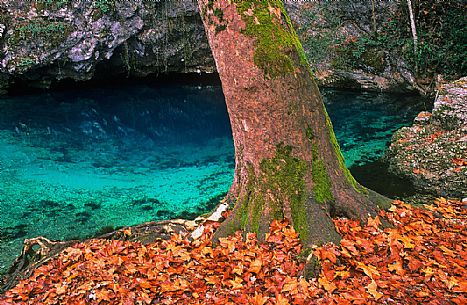
photographer: Luciano Gaudenzio
Sources of the Gorgazzo river, Polcenigo, Friuli, Italy

photographer: Luciano Gaudenzio
The event Pordenone Legge in the town hall of Pordenone at twilight, Friuli Venezia Giulia, Italy

photographer: Luciano Gaudenzio
Corso Vittorio Emanuele in Pordenone animated by the Pordenone Legge event, Friuli Venezia Giulia, Italy

photographer: Maria Fancello
Spring Iris (Iris Sibirica) flowering in the Fusine Piana in the background the Mangart mountain group, Tarvisio, Italy
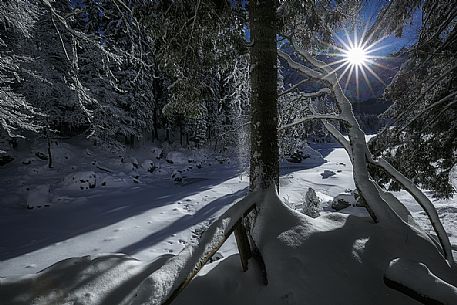
photographer: Stefano Caccia
Fusine lake and Marngart mountain range in winter, Julian alps, Italy

photographer: Stefano Caccia
Fusine lake and Marngart mountain range in winter, Julian alps, Italy
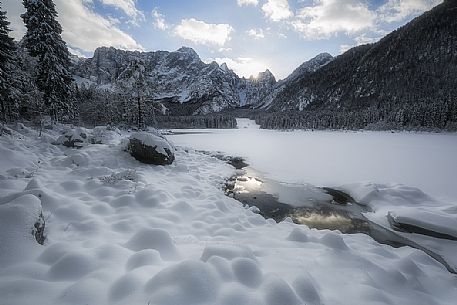
photographer: Stefano Caccia
Fusine lake and Marngart mountain range in winter, Julian alps, Italy
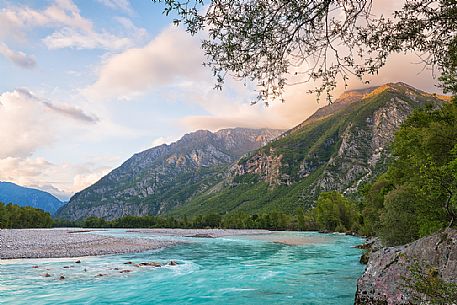
photographer: Anne Maenurm
Tagliamento river at sunset, Venzone, Friuli Venezia Giulia, Italy

photographer: Anne Maenurm
Tagliamento river at sunset, Venzone,Friuli Venezia Giulia, Italy

photographer: Anne Maenurm
Tagliamento river at sunset, Venzone,Friuli Venezia Giulia, Italy
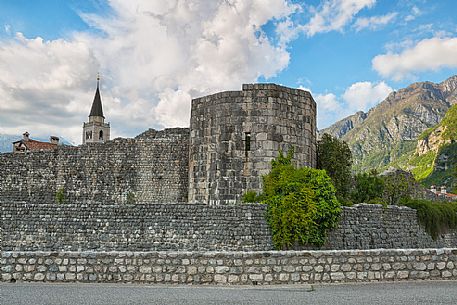
photographer: Anne Maenurm
Venzone village. It was declared National Monument in 1965 as unique fortified village of the XIV century in the region, Friuli Venezia Giulia, Italy
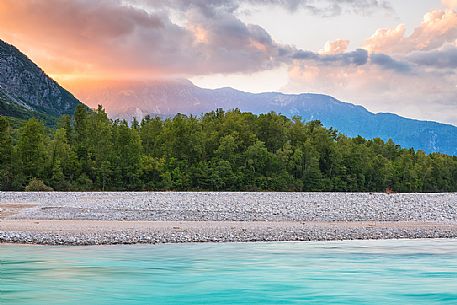
photographer: Anne Maenurm
Tagliamento river at sunset, Venzone, Friuli Venezia Giulia, Italy

photographer: Anne Maenurm
Tagliamento river at sunset, Venzone, Friuli Venezia Giulia, Italy
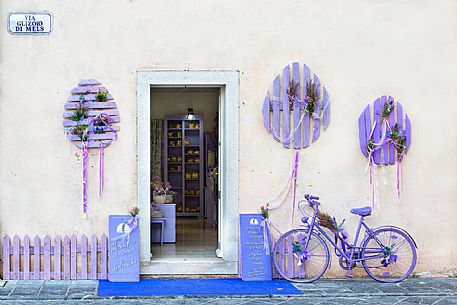
photographer: Anne Maenurm
Palace of Venzone village. Venzone il the village of lavender, Friuli Venezia Giulia, Italy
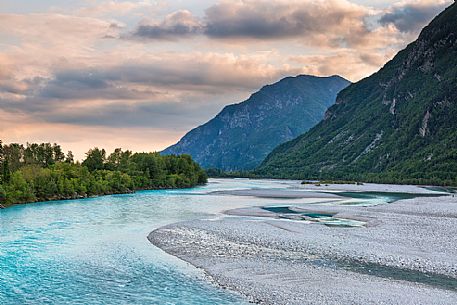
photographer: Anne Maenurm
Tagliamento river at sunset, Venzone, Friuli Venezia Giulia, Italy
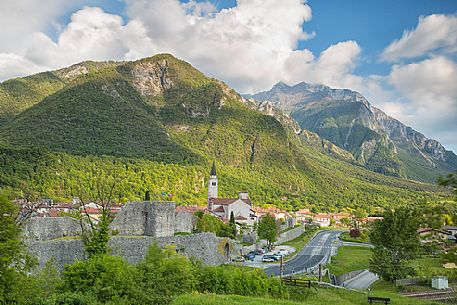
photographer: Anne Maenurm
Venzone village. It was declared National Monument in 1965 as unique fortified village of the XIV century in the region, Friuli Venezia Giulia, Italy
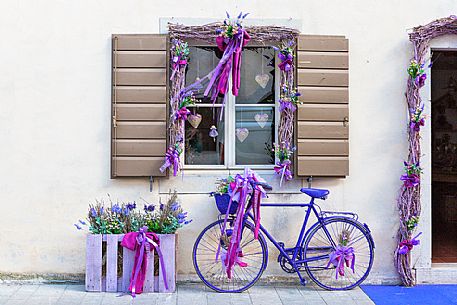
photographer: Anne Maenurm
Palace of Venzone village. Venzone il the village of lavender, Friuli Venezia Giulia, Italy

photographer: Anne Maenurm
Palace of Venzone village. Venzone il the village of lavender, Friuli Venezia Giulia, Italy

photographer: Anne Maenurm
Palace of Venzone village. Venzone was declared National Monument in 1965 as unique fortified village of the XIV century in the region, Friuli Venezia Giulia, Italy

photographer: Luciano Gaudenzio
Inside the lowland forest of Muzzana del Turgnano,Italy

photographer: Luciano Gaudenzio
The Cormor river and thelowland forest of Muzzana del Turgnano,Italy
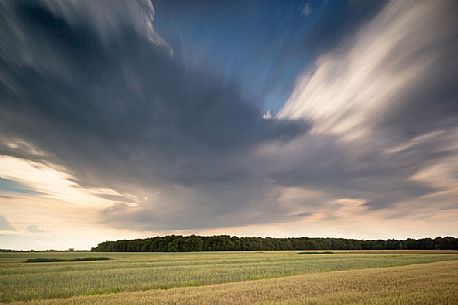
photographer: Luciano Gaudenzio
beautiful sky over the lowland forest of Muzzana del Turgnano,Italy
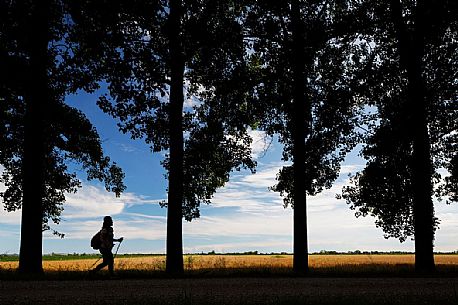
photographer: Luciano Gaudenzio
tourist in the lowland forest of Muzzana del Turgnano,Italy
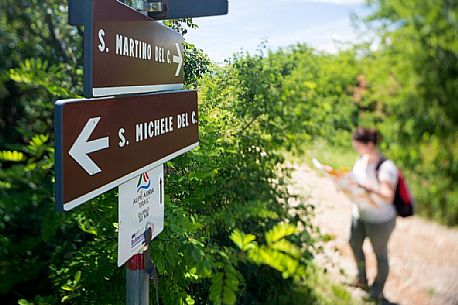
photographer: Luciano Gaudenzio
hiker along the path of Romea Strata, Monte San Michele, San Martino del Carso, Italy
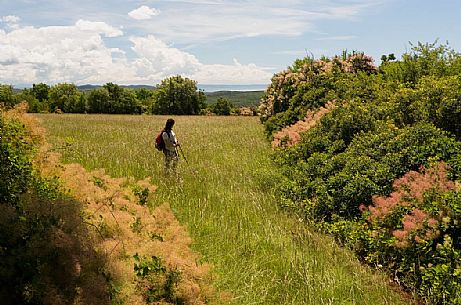
photographer: Luciano Gaudenzio
hiker along the path of Romea Strata, Monte San Michele, San Martino del Carso, Italy
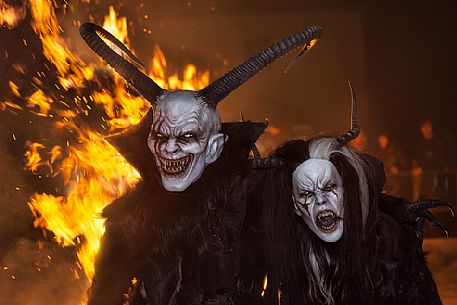
photographer: Anne Maenurm
Bad Santa, meet Krampus: a half-goat, half-demon, horrific beast who literally beats people into being nice and not naughty. Krampus, whose name is derived from the German word krampen, meaning claw, is said to be the son of Hel in Norse mythology. The legendary beast also shares characteristics with other scary, demonic creatures in Greek mythology, including satyrs and fauns, Tarvisio, Italy
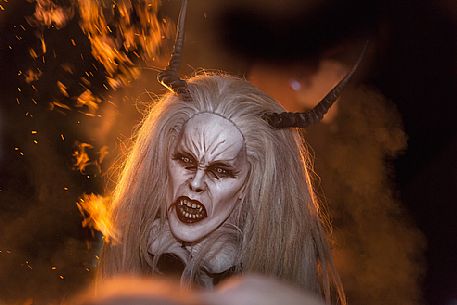
photographer: Anne Maenurm
Bad Santa, meet Krampus: a half-goat, half-demon, horrific beast who literally beats people into being nice and not naughty. Krampus, whose name is derived from the German word krampen, meaning claw, is said to be the son of Hel in Norse mythology. The legendary beast also shares characteristics with other scary, demonic creatures in Greek mythology, including satyrs and fauns, Tarvisio, Italy
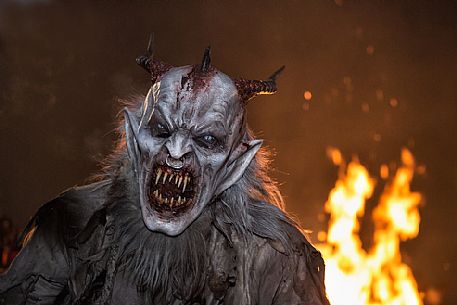
photographer: Anne Maenurm
Bad Santa, meet Krampus: a half-goat, half-demon, horrific beast who literally beats people into being nice and not naughty. Krampus, whose name is derived from the German word krampen, meaning claw, is said to be the son of Hel in Norse mythology. The legendary beast also shares characteristics with other scary, demonic creatures in Greek mythology, including satyrs and fauns, Tarvisio, Italy
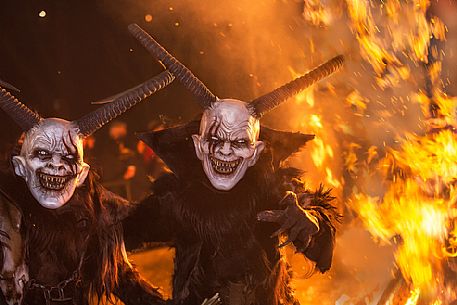
photographer: Anne Maenurm
Bad Santa, meet Krampus: a half-goat, half-demon, horrific beast who literally beats people into being nice and not naughty. Krampus, whose name is derived from the German word krampen, meaning claw, is said to be the son of Hel in Norse mythology. The legendary beast also shares characteristics with other scary, demonic creatures in Greek mythology, including satyrs and fauns, Tarvisio, Italy
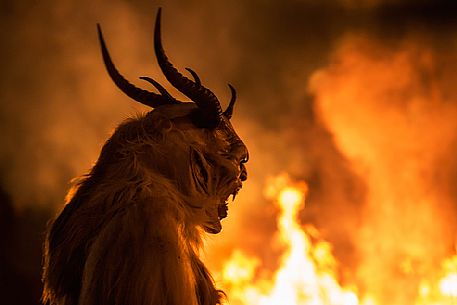
photographer: Anne Maenurm
Bad Santa, meet Krampus: a half-goat, half-demon, horrific beast who literally beats people into being nice and not naughty. Krampus, whose name is derived from the German word krampen, meaning claw, is said to be the son of Hel in Norse mythology. The legendary beast also shares characteristics with other scary, demonic creatures in Greek mythology, including satyrs and fauns, Tarvisio, Italy

photographer: Anne Maenurm
Bad Santa, meet Krampus: a half-goat, half-demon, horrific beast who literally beats people into being nice and not naughty. Krampus, whose name is derived from the German word krampen, meaning claw, is said to be the son of Hel in Norse mythology. The legendary beast also shares characteristics with other scary, demonic creatures in Greek mythology, including satyrs and fauns, Tarvisio, Italy
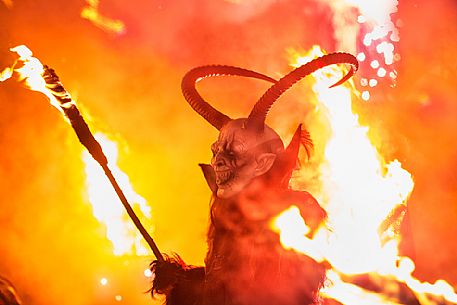
photographer: Anne Maenurm
Bad Santa, meet Krampus: a half-goat, half-demon, horrific beast who literally beats people into being nice and not naughty. Krampus, whose name is derived from the German word krampen, meaning claw, is said to be the son of Hel in Norse mythology. The legendary beast also shares characteristics with other scary, demonic creatures in Greek mythology, including satyrs and fauns, Tarvisio, Italy
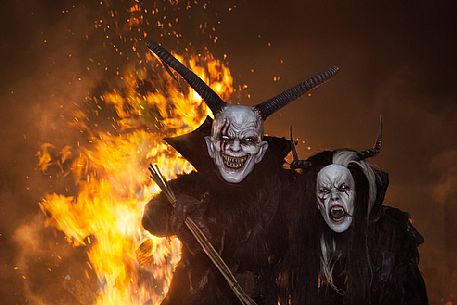
photographer: Anne Maenurm
Bad Santa, meet Krampus: a half-goat, half-demon, horrific beast who literally beats people into being nice and not naughty. Krampus, whose name is derived from the German word krampen, meaning claw, is said to be the son of Hel in Norse mythology. The legendary beast also shares characteristics with other scary, demonic creatures in Greek mythology, including satyrs and fauns, Tarvisio, Italy
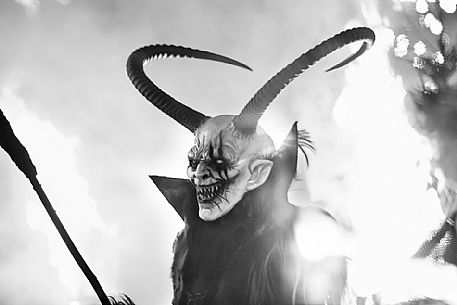
photographer: Anne Maenurm
Bad Santa, meet Krampus: a half-goat, half-demon, horrific beast who literally beats people into being nice and not naughty. Krampus, whose name is derived from the German word krampen, meaning claw, is said to be the son of Hel in Norse mythology. The legendary beast also shares characteristics with other scary, demonic creatures in Greek mythology, including satyrs and fauns, Tarvisio, Italy
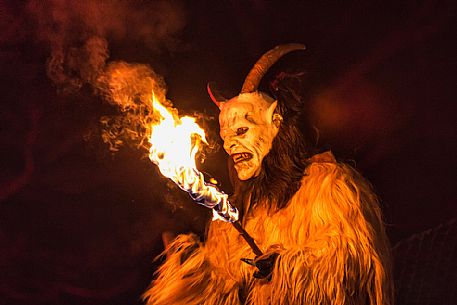
photographer: Anne Maenurm
Bad Santa, meet Krampus: a half-goat, half-demon, horrific beast who literally beats people into being nice and not naughty. Krampus, whose name is derived from the German word krampen, meaning claw, is said to be the son of Hel in Norse mythology. The legendary beast also shares characteristics with other scary, demonic creatures in Greek mythology, including satyrs and fauns, Tarvisio, Italy

photographer: Anne Maenurm
Bad Santa, meet Krampus: a half-goat, half-demon, horrific beast who literally beats people into being nice and not naughty. Krampus, whose name is derived from the German word krampen, meaning claw, is said to be the son of Hel in Norse mythology. The legendary beast also shares characteristics with other scary, demonic creatures in Greek mythology, including satyrs and fauns, Tarvisio, Italy
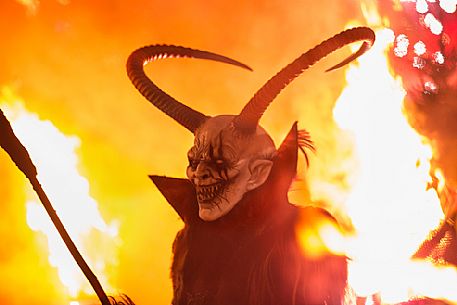
photographer: Anne Maenurm
Bad Santa, meet Krampus: a half-goat, half-demon, horrific beast who literally beats people into being nice and not naughty. Krampus, whose name is derived from the German word krampen, meaning claw, is said to be the son of Hel in Norse mythology. The legendary beast also shares characteristics with other scary, demonic creatures in Greek mythology, including satyrs and fauns,Tarvisio, Italy
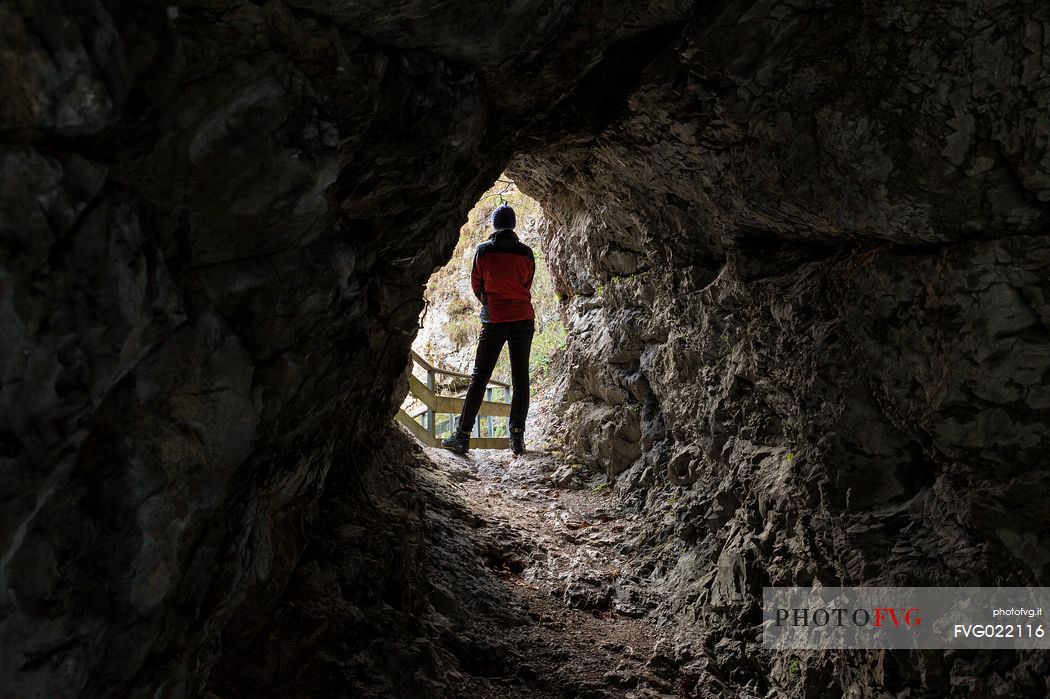
photographer: Anne Maenurm
Hiker in the Cave of the Orrido of Slizza, Julian Alps, Italy
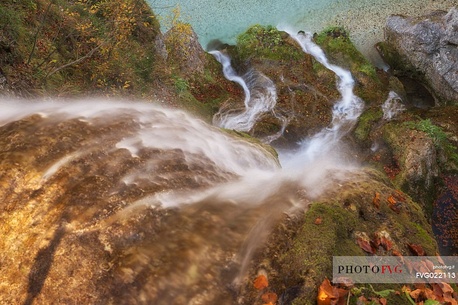
photographer: Anne Maenurm
The Orrido of Slizza is a beautiful water trail, Slizza stream in the Julian Alps, Tarvisio, Italy
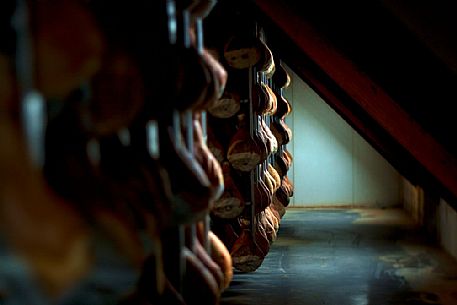
photographer: Luciano Gaudenzio
Inside the typical hams factory of a typical alpine village of Sauris

photographer: Luciano Gaudenzio
Panna cotta with blueberries, typical dessert of Morgenleit restaurant, Sauris
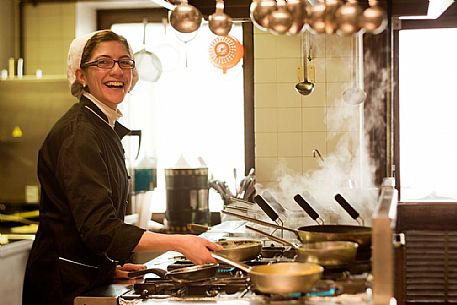
photographer: Luciano Gaudenzio
Chef working in the kitchen of Morgenleit restaurant, Sauris
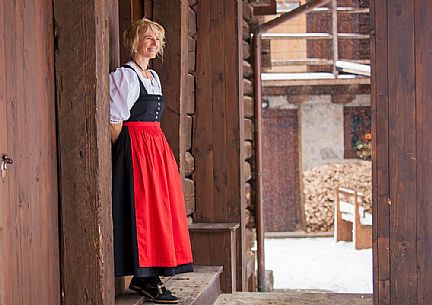
photographer: Luciano Gaudenzio
Which manages of Albergo Diffuso (hotel) of Sauris di Sopra with the traditional dress of the country , Sauris
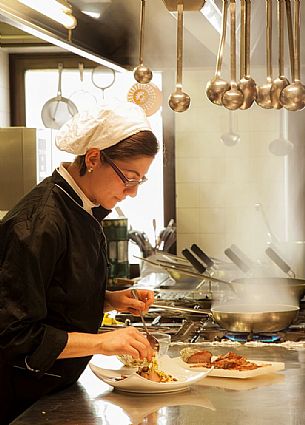
photographer: Luciano Gaudenzio
Chef working in the kitchen of Morgenleit restaurant, Sauris
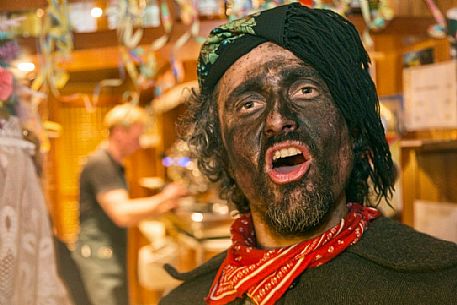
photographer: Luciano Gaudenzio
Some moments of Sauris Carnival with one the most important masks: the Rölar. Sauris di Sotto.

photographer: Luciano Gaudenzio
Some moments of Sauris Carnival with one the most important masks: the Rölar. Sauris di Sotto.
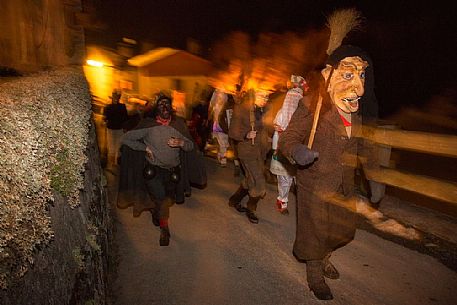
photographer: Luciano Gaudenzio
Some moments of Sauris Carnival with the most important masks: the Rölar and Kheirar. Sauris di Sotto.
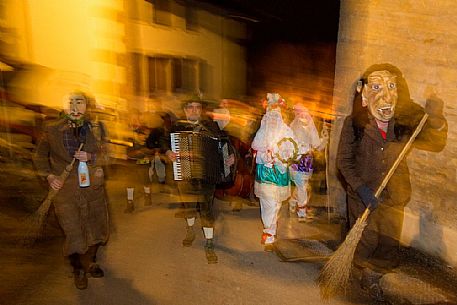
photographer: Luciano Gaudenzio
Some moments of Sauris Carnival with the most important masks: the Rölar and Kheirar. Sauris di Sotto.
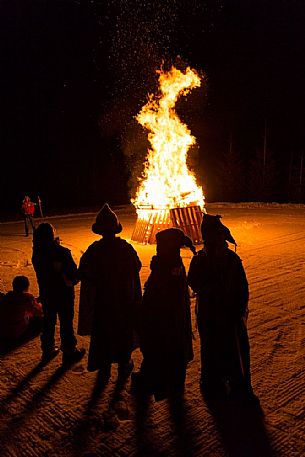
photographer: Luciano Gaudenzio
Bonfire during the traditional carnival celebration, Sauris
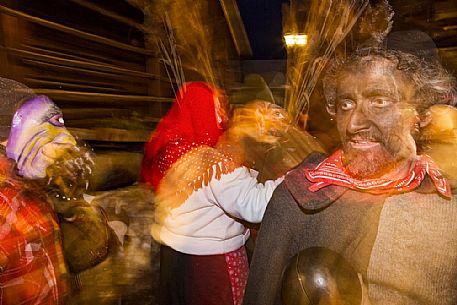
photographer: Luciano Gaudenzio
Some moments of Sauris Carnival with one the most important masks: the Rölar. Sauris di Sotto.
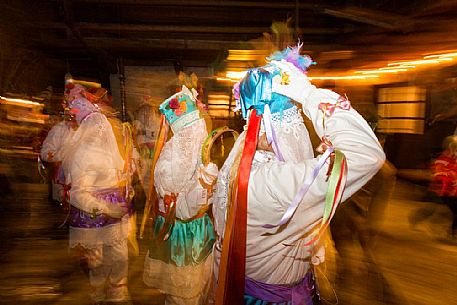
photographer: Luciano Gaudenzio
An important moment of the carnival of Sauris : the procession to the church, Sauris di Sopra
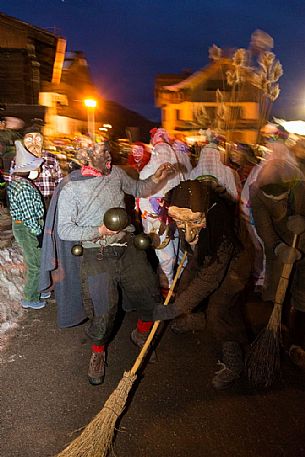
photographer: Luciano Gaudenzio
Some moments of Sauris Carnival with the most important masks: the Rölar and Kheirar. Sauris di Sotto.
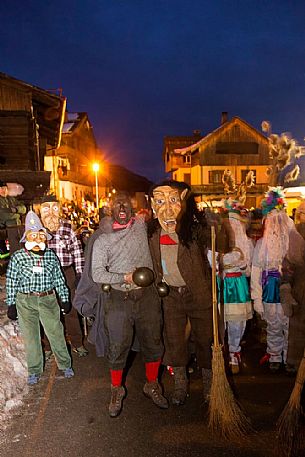
photographer: Luciano Gaudenzio
Some moments of Sauris Carnival with the most important masks: the Rölar and Kheirar. Sauris di Sotto.

photographer: Luciano Gaudenzio
Some moments of Sauris Carnival with one the most important masks: the Rölar. Sauris di Sotto.
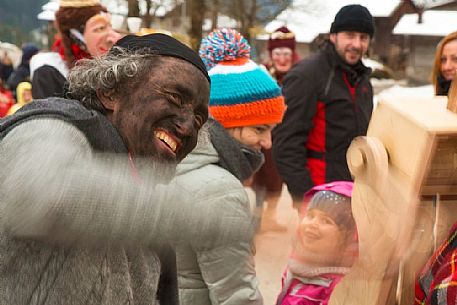
photographer: Luciano Gaudenzio
Some moments of Sauris Carnival with one the most important masks: the Rölar. Sauris di Sotto.
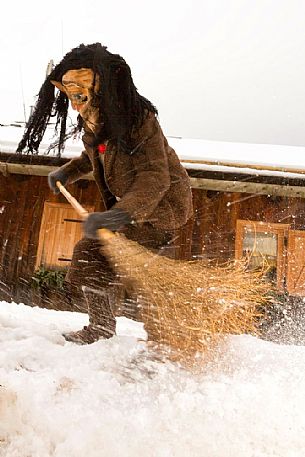
photographer: Luciano Gaudenzio
Some moments of Sauris Carnival with one the most important masks: the Kheirar. Sauris di Sotto.
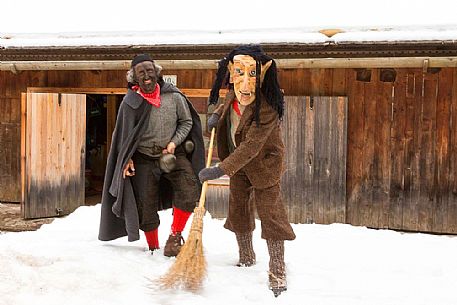
photographer: Luciano Gaudenzio
Some moments of Sauris Carnival with the most important masks: the Rölar and Kheirar. Sauris di Sotto.
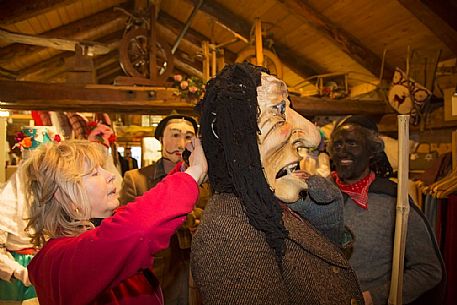
photographer: Luciano Gaudenzio
In the century-old weaving Sauris completes the dressing of the most important masks of the carnival of Sauris: the Rölar and Kheirar. Sauris di Sotto
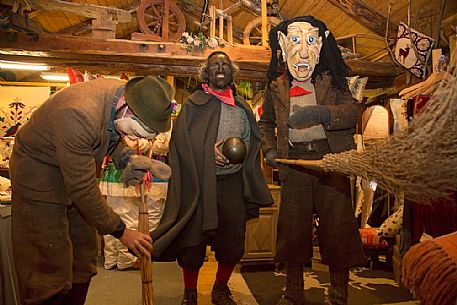
photographer: Luciano Gaudenzio
In the century-old weaving Sauris completes the dressing of the most important masks of the carnival of Sauris: the Rölar and Kheirar. Sauris di Sotto
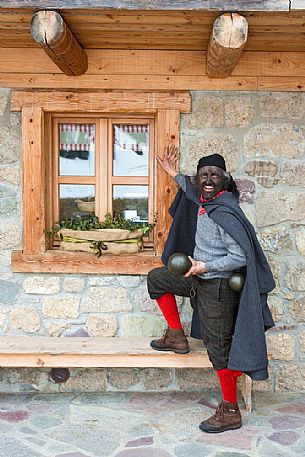
photographer: Luciano Gaudenzio
The Rölar, the most important mask of the carnival of Sauris, Sauris
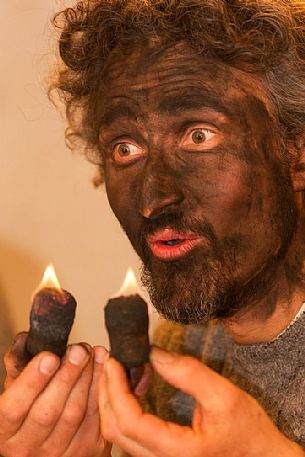
photographer: Luciano Gaudenzio
Preparation the Rölar, the mask "protagonist" of the Carnival of Sauris, the Sauris
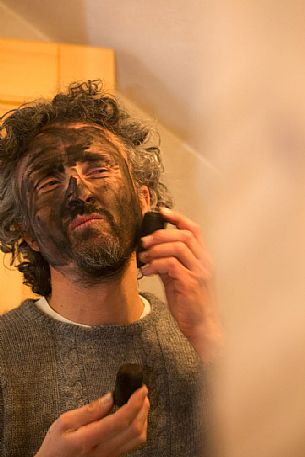
photographer: Luciano Gaudenzio
Preparation the Rölar, the mask "protagonist" of the Carnival of Sauris, the Sauris
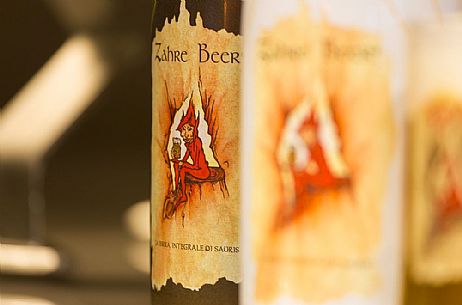
photographer: Luciano Gaudenzio
Detail of beer bottles inside the brewery Zahrebeer, Sauris di Sopra
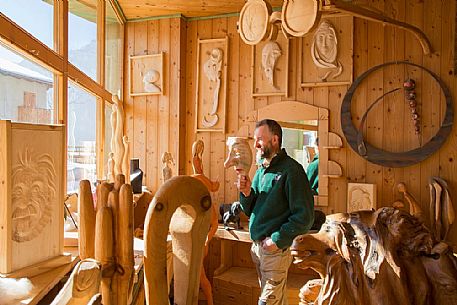
photographer: Luciano Gaudenzio
The construction of the traditional mask of the carnival of Sauris by one of Plozzer brothers , in their laboratory in Sauris di Sopra

